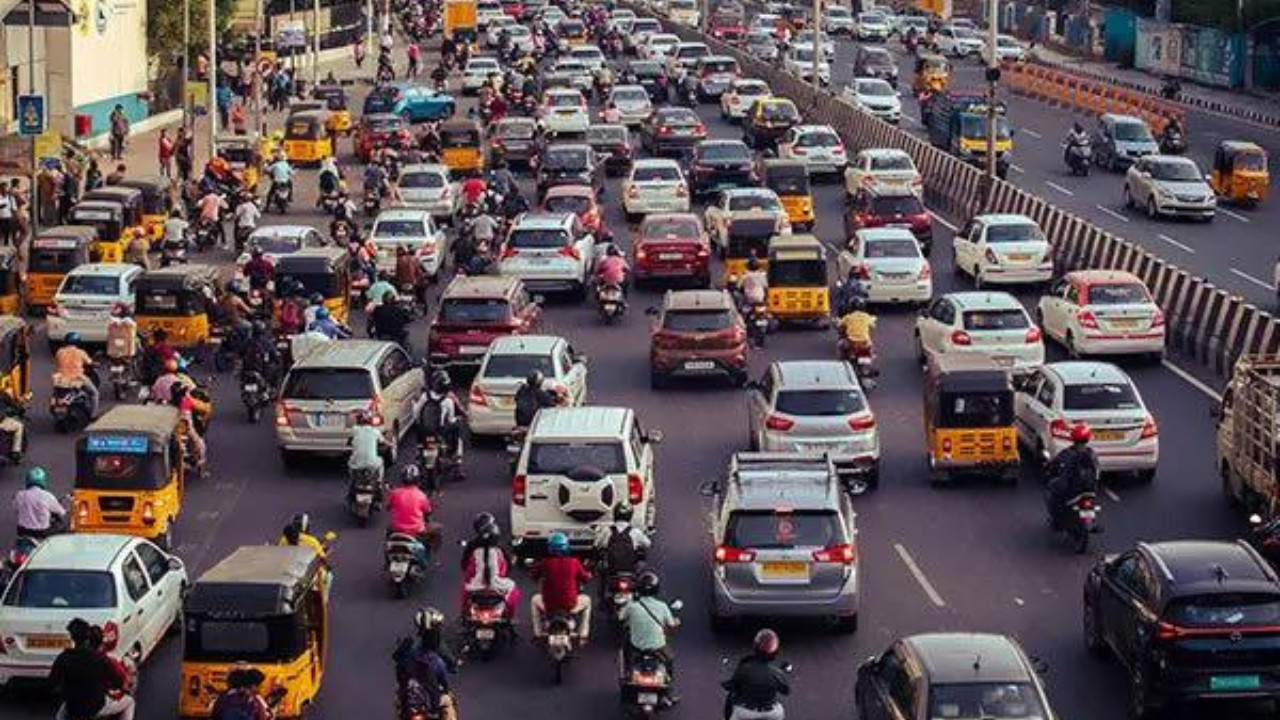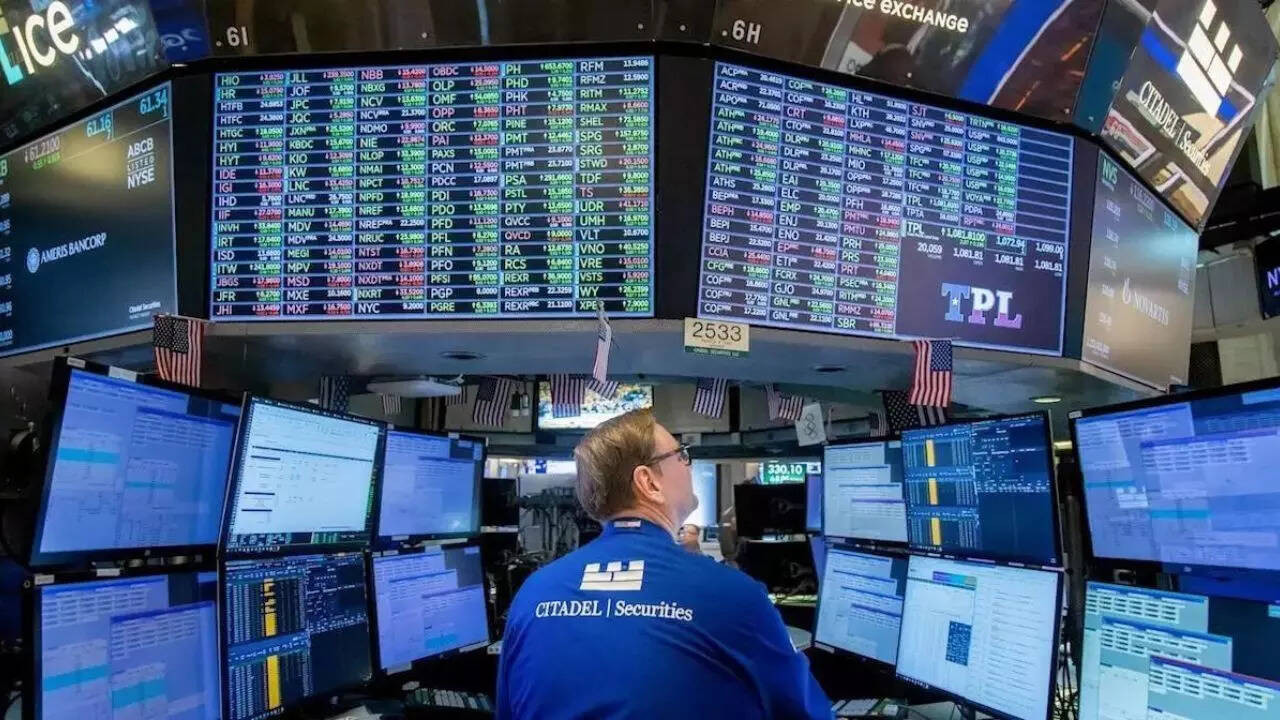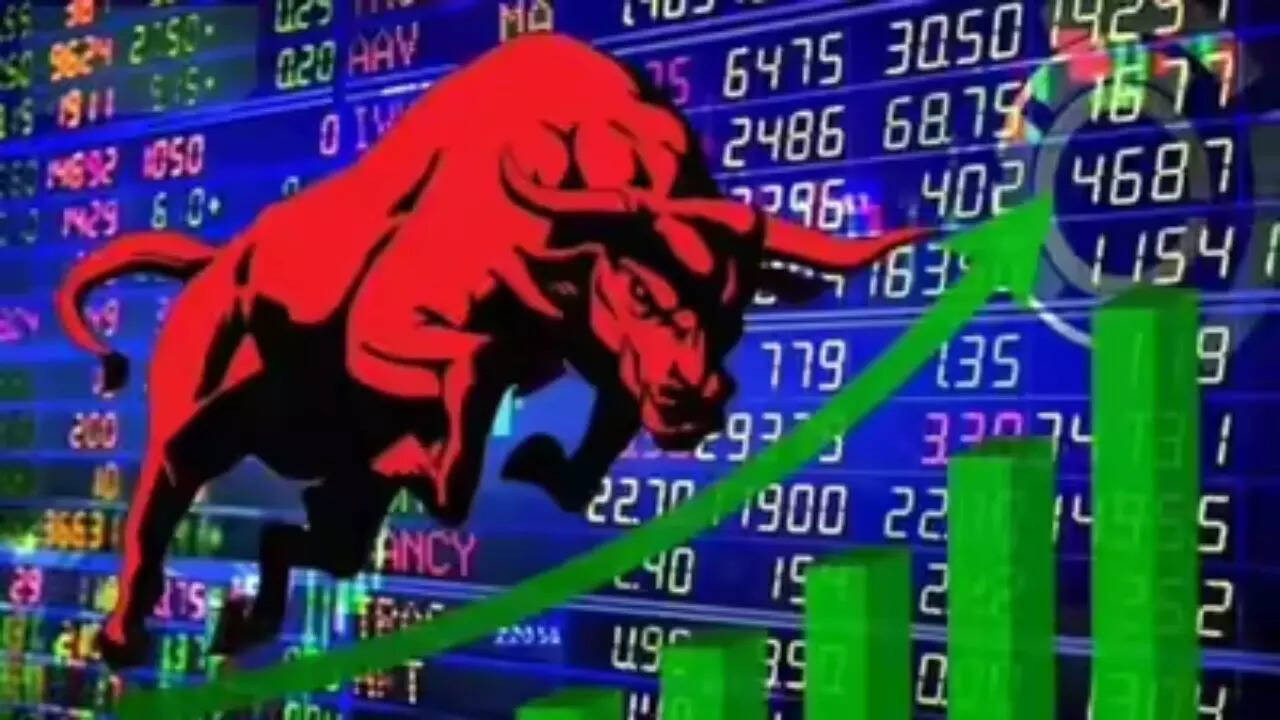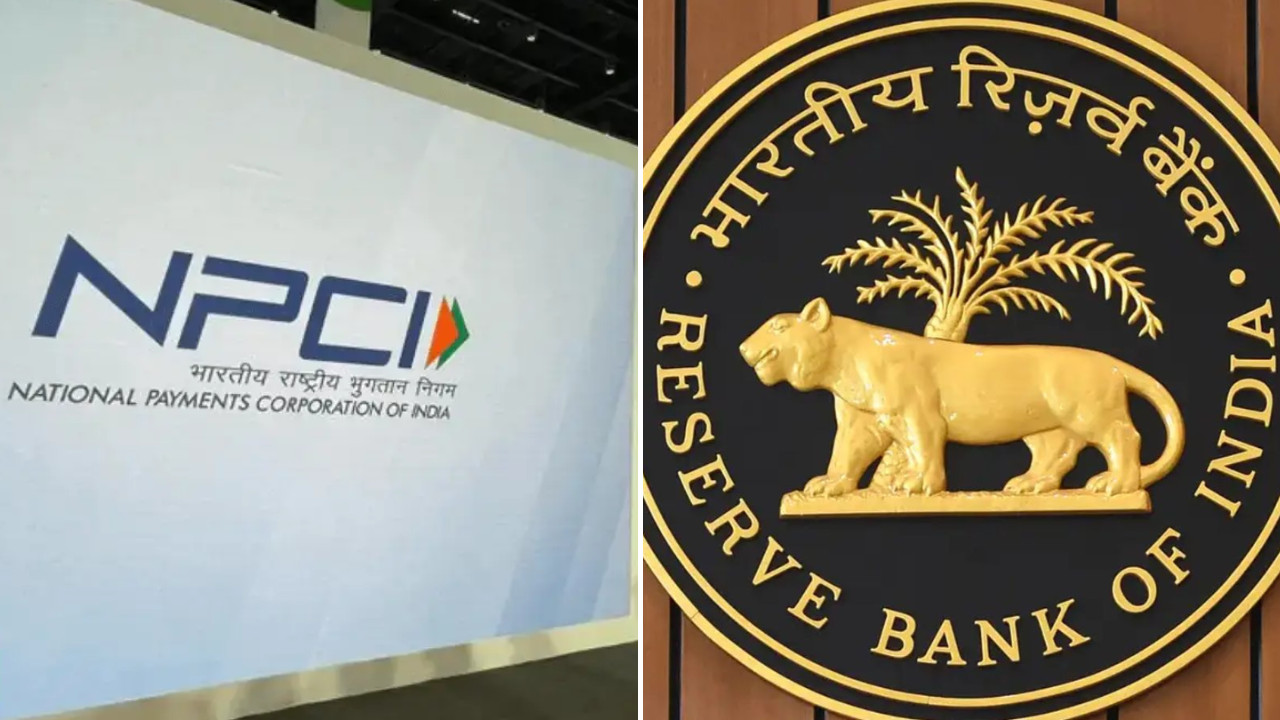Passenger vehicle retail sales surged 35% year-on-year during Navratri, with overall vehicle registrations growing 6% in September. This boost followed the implementation of new GST rates on September 22, reviving consumer sentiment and accelerating deliveries across most vehicle categories.
A Joyride for Automakers: Navratri Sales Surge Signals Strong Festive Season
The scent of marigolds, the rhythm of the dhol, and the glint of new metal – Navratri has always been a vibrant tapestry woven with threads of tradition and celebration. But this year, there’s an extra sparkle, especially for the Indian auto industry. Passenger vehicle sales witnessed a jubilant 35% leap during the nine auspicious days, painting a picture of robust consumer sentiment and setting the stage for what could be a record-breaking 42-day festive season. What’s driving this impressive surge? And what does it mean for the future of auto retail in India?
Decoding the Navratri Numbers: A Festive Feast for Cars
The 35% jump in passenger vehicle sales isn’t just a number; it’s a powerful indicator of economic energy. After a period of cautious spending, Indian consumers are opening their wallets, spurred by a combination of factors. The festive season is inherently associated with big-ticket purchases, and a car often tops that list. Beyond just auspicious timing, this year presents a unique set of circumstances contributing to increased sales.
One significant element is the anticipation surrounding a potential Goods and Services Tax (GST) 2.0. Rumors of revisions and possible rate changes have created a sense of urgency among buyers. The fear of potential price hikes down the road is subtly nudging consumers to make their purchases now, capitalizing on the current tax structure. This proactive approach, driven by informed speculation, is fueling a considerable portion of the demand.
GST 2.0 and the Auto Industry: A Catalyst for Current Sales?
The possible GST 2.0 isn’t just a whisper in the market; it’s a major talking point. While the exact details remain under wraps, discussions about streamlining tax slabs and potentially altering rates are widespread. For the auto industry, heavily reliant on complex supply chains and subject to various taxes, any change could have significant implications.
The current buzz suggests that consumers are acting preemptively. They see the potential for increased vehicle prices if GST rates are adjusted upwards, and therefore, they’re choosing to buy now to avoid future financial burden. This is a smart strategy, especially for those who were already considering a purchase.

Beyond GST: The Broader Economic Picture
While the speculation around GST 2.0 is undoubtedly playing a role, it’s not the whole story. The Indian economy, despite global headwinds, shows pockets of resilience. Increased disposable incomes, fueled by a stable job market and rising salaries in certain sectors, are empowering consumers to make discretionary purchases. The allure of owning a new car, upgrading an old one, or simply embracing the freedom of personal mobility remains strong.
Furthermore, the positive sentiment surrounding the festive season itself is a powerful motivator. Navratri, with its emphasis on new beginnings and prosperity, creates a conducive environment for major investments. Consumers are more likely to indulge during this period, viewing it as an auspicious time to bring home a new vehicle.
The Road Ahead: Will the Momentum Last?
The million-dollar question: can this impressive sales momentum continue? The 42-day festive season, encompassing Dussehra and Diwali, presents a golden opportunity for automakers to capitalize on the positive consumer sentiment. Early indicators are encouraging, with dealers reporting strong foot traffic and a steady stream of bookings.
However, several factors could influence the trajectory of sales in the coming weeks. Supply chain disruptions, though easing, remain a potential concern. Interest rates, while currently stable, could impact affordability if they begin to rise. And of course, the actual impact of GST 2.0, once revealed, will be a major determinant of long-term demand. Read about the impact of rising interest rates on auto loans here.
Conclusion: A Promising Outlook with a Dash of Cautious Optimism
The Navratri sales surge is undeniably good news for the Indian auto industry, and passenger vehicle sales are expected to continue their upward trajectory. It reflects a confluence of factors, including GST speculation, improved economic conditions, and the enduring appeal of the festive season. While uncertainties remain, the current environment suggests a positive outlook. Automakers, dealers, and consumers alike are hoping for a festive season filled with smooth rides and prosperous beginnings. The industry has already begun strategizing and planning for what they expect to be a record breaking 42-day festive season.







